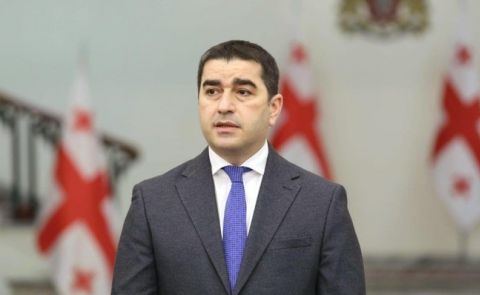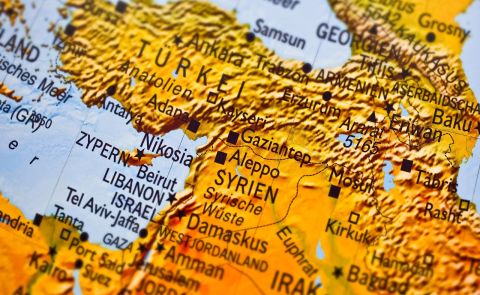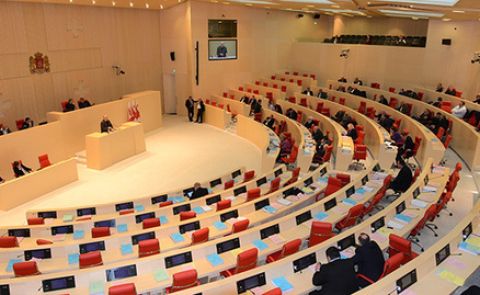
World Bank gives Armenia $20 million loan in local community development

On 21 March, the World Bank approved a €17.9 million ($20 million equivalent) loan for Additional Financing (AF) of the Social Investment and Local Development (SILD) Project in Armenia, reported arka.am.
The project aims to assist the Armenian government in improving the quality, access to, and use of community and intercommunity infrastructure and services. The project would allow local populations throughout the country to benefit from renovated and rehabilitated social infrastructure in kindergartens, schools, water supply systems, sanitation systems, community centers, health care facilities, minor irrigation systems, and other local infrastructure facilities through microprojects. These will be selected based on both a ranking of community vulnerability and an assessment of the potential socio-economic impact of the submitted subproject applications.
“The new project will directly benefit about 55 communities, of which 35 are in newly consolidated communities, mostly rural, enabling them to identify their own investment needs,” said Sylvie Bossoutrot, the World Bank Country Manager for Armenia. “I am particularly pleased that this project will also seek to support income generating activities at the community level that could help open economic opportunities,” she added.
The project has three components. The first component supports socio-economic development and capacity building at the local level. AF would continue financing microprojects that target 20 vulnerable communities to address priority basic community infrastructure needs. The second component – inter-community social and economic development initiatives – will finance 35 initiatives with the potential for longer-term development impact, by bringing together two or more communities. The third component will support the institutional strengthening of the Armenian Territorial Development Fund (ATDF).
According to the United Nations Development Programme (UNDP), approximately 37 percent of Armenia’s population lives in rural communities. The majority of the local population in rural areas is engaged in substantive agriculture on small farms with an average monthly income of $110. The poverty level among the rural population is 36 percent. Rural communities are suffering from deprivations caused by multidimensional poverty, including restricted access to quality infrastructures. Meanwhile the income generating opportunities in the rural areas are limited by the environmental risks and low production capabilities. All these factors contribute to the decline both in living standards and income level increasing the intensity of rural poverty.
The World Bank Group Partnership Framework for Armenia states that the aim of World Bank’s agenda in the country would be to support the rebalancing of the country’s economy toward a new growth model, through three focus areas: 1) boosting export enablers and firm competitiveness, 2) enhancing human capital and equity, and 3) sustainably managing environmental and natural resources.
The World Bank’s active portfolio in Armenia consists of 13 active operations, with a total commitment of $563.6 million. It includes $80.87 million in International Development Association (IDA) credit and $482.7 million in International Bank for Reconstruction and Development (IBRD) loans.
See Also


Pashinyan and Mirzoyan Hold Separate Meetings with European Leaders to Focus on Armenia’s EU Integration, Human Rights Progress, and Regional Developments

Georgian Parliament Speaker Participates in EU Parliamentary Conference, Engages in High-Level Bilateral Talks

Separatist Abkhazia and Syria Discuss Strengthening Academic Ties, Potential Agreement Between Universities

Georgia Announces Legislative Changes Targeting Foreign Nationals in Anti-Government Protests

